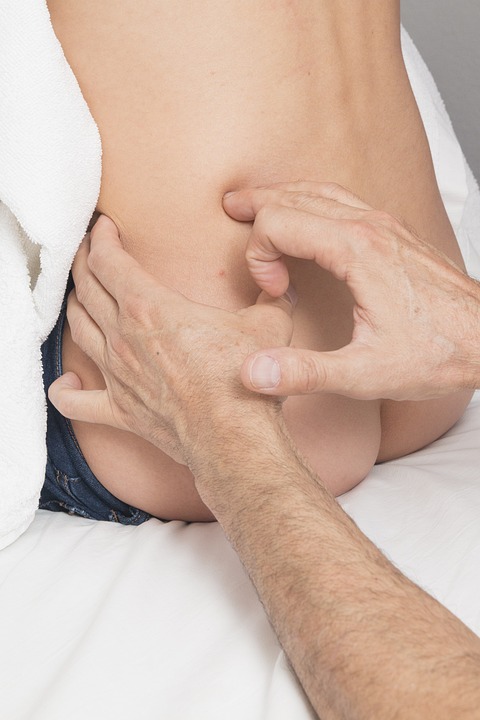Causes of pelvic girdle pubis dysfunction can vary, but are most commonly related to the changes that occur in a woman’s body during pregnancy. The hormone relaxin, which is released during pregnancy to soften the ligaments in the pelvis in preparation for childbirth, can lead to excessive movement and instability in the pelvic joints. This can result in pain and discomfort in the area.
Other factors that can contribute to pelvic girdle pubis dysfunction include a history of pelvic trauma or surgery, obesity, muscle imbalances, and repetitive activities that put strain on the pelvis.
Symptoms of pelvic girdle pubis dysfunction can include pain in the pubic bone, lower back, hips, and groin, as well as difficulty walking, climbing stairs, or getting up from a seated position. The pain may worsen with activities such as standing for long periods of time, walking, or lifting heavy objects.
Treatment for pelvic girdle pubis dysfunction typically involves a combination of physical therapy, exercises to strengthen the muscles around the pelvis, and pain management techniques. In some cases, a pelvic support belt may be used to help stabilize the pelvis and reduce pain.
It is important for individuals with pelvic girdle pubis dysfunction to avoid activities that exacerbate their symptoms, such as heavy lifting or high-impact exercises. Rest and proper body mechanics can also help to alleviate pain and promote healing.
In severe cases, where conservative treatments are not effective, support from a healthcare provider may be necessary. This can include interventions such as corticosteroid injections, chiropractic adjustments, or in rare cases, surgery.
Overall, it is important for individuals with pelvic girdle pubis dysfunction to seek proper diagnosis and treatment from a healthcare provider. With proper care and management, the symptoms of pelvic girdle pubis dysfunction can improve, allowing individuals to resume their daily activities with minimal pain and discomfort.






























Add Comment